We have seen a significant shift from traditional workplaces to work-from-home environments. Many employees today have become inseparable from their screens to keep up with their office job. Moving forward, 55 % of employees want to work from home at least three days weekly.
But that begs the question – if you have a remote working job, do you have the best remote working software at your disposal? If you are looking for an all-in-one tool for remote working, check Indy. If not, maybe we could use: Check this website weareindy.com.
Many firms that transition to remote work, for instance, often fail to explore and pick technologies that are appropriate for their remote teams. You and your remote team must employ the best work-from-home tools to work efficiently from home.
Any remote team may become more productive and assure outstanding team collaboration by utilizing the right resources.
Your List of the Best Remote Working Tools
These nine best remote working tools and applications are designed to help with anything from video conferencing and strategic planning to sharing files and keeping information safe. These are one of the best remote working platforms and are guaranteed to boost your remote working performance.
1. Zoom

Zoom has become an essential technique for interacting face to face with colleagues and clients for individuals who work from home. Its free subscription allows for limitless communications between people, although there is a time limit of up to forty minutes.
Furthermore, Zoom has a larger limit on the number of participants that may participate in a meeting. It allows for one-on-one screen sharing for all participants. But the reason why Zoom is so popular among all kinds of working professionals is because of its ability to function by using extremely low data.
2. Microsoft Teams
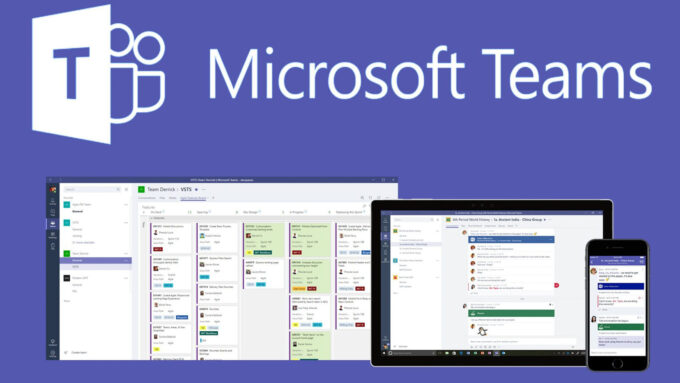
Although a similar video conferencing app like Zoom, the new ‘Together mode’ is what really distinguishes Microsoft Teams. This feature allows teams to be and work together even when they are working from home.
3. Evernote
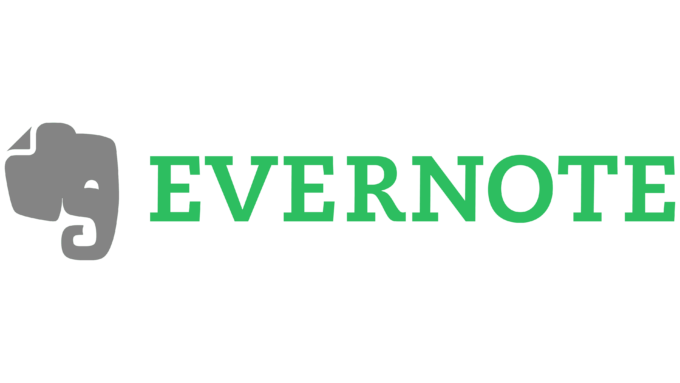
This is the best app for keeping notes while working from home. Evernote allows you to share and enter notes with others by syncing the data on all your devices that you use for work. Offline note access, the ability to search text inside PDFs, and single sign-on (SSO) login capability are some of the top-notch features this site offers.
4. Slack
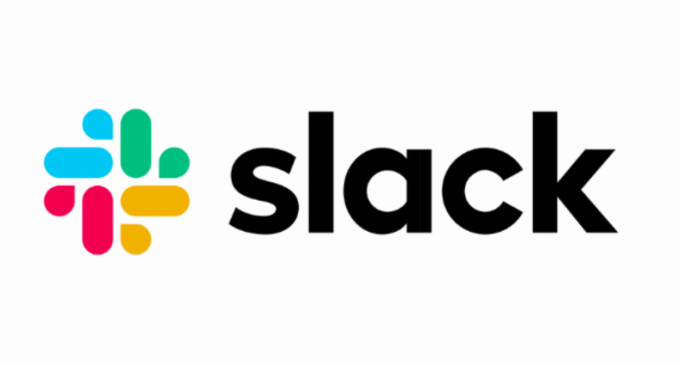
When it comes to communication with colleagues or clients, Slack is hands-down the best there is. It not only has a large number of connectors, but it also has a very straightforward setup that makes installation simple. It also provides channels, direct messaging, different integration, and file and document attachment.
5. Movavi
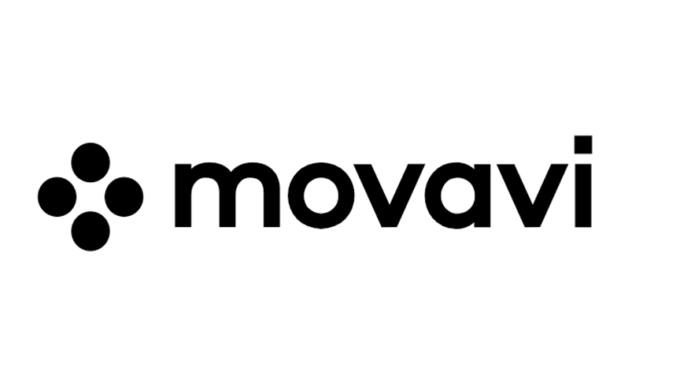
Screen recording is one of the most powerful tools when working from home. Be it keeping a record of missed meetings or taking down important minutes of a meeting that are hard to keep track of, Movavi is your most reliable option.
You can also edit the recorded videos – that come with both audio and video. That’s why many professionals use Movavi to create tutorials – both internally and for the company’s audience.
And since the software is available in multiple languages, from English to French to Japanese, your team members can access it too – no matter what language they are comfortable in.
The coolest thing about Movavi is that you don’t even need an internet connection to use it. You can even start screen recordings while not connected to the internet. Insert annotations into your recordings or even a webcam recording of yourself alongside your screen video.
6. Trello
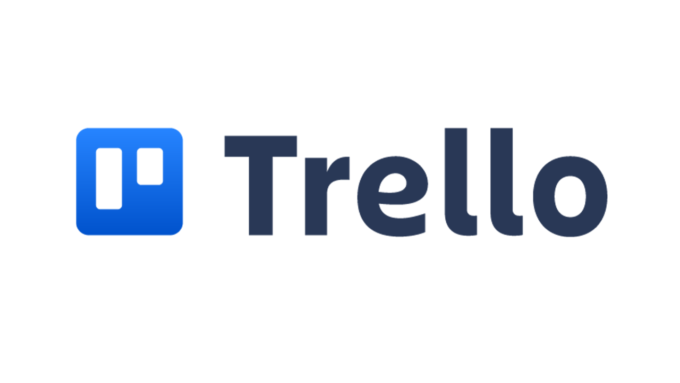
Trello helps organize your tasks in a versatile and productive manner. Trello is one of the easiest project management tools known for all sorts of remote employees. You may build a new board for each project and then add lists and cards to manage the project’s tasks.
7. Google Drive

We all know how important it is to have safe and secure storage space for all your confidential files and work updates, especially when working from home. When it comes to cloud storage, Google Drive is the holy grail. In addition to security and transparency, Google Drive offers real-time editing, making it far more appealing than competitive alternatives. And, of course, most people use Google anyway, which makes the transition even simpler.
8. ExpressVPN
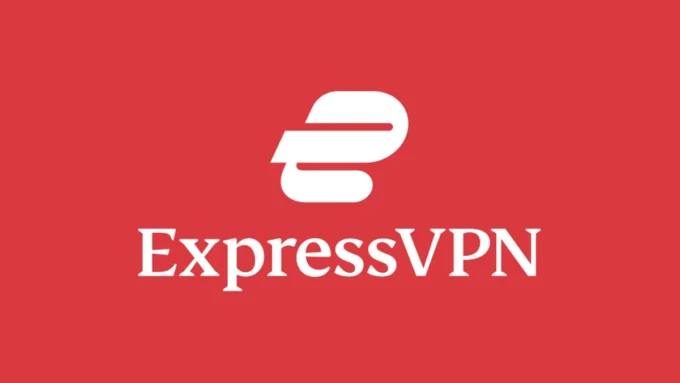
Employees working from home may be more vulnerable to security breaches, especially because of the lack of an on-site IT technician. Using a trusted VPN service to safeguard your home connection is an excellent approach to remaining safe online. This is when an app like ExpressVPN comes out of use.
9. Dashlane

Those who work from home should consider using a password manager, and Dashlane is consistently listed among the safest on the market. Its multi-factor authentication method secures your sensitive information, such as contact information, delivery addresses, and payment information, in addition to passwords.
The best practices for working from home
While having the best remote working tools is important, it is equally important that you have a good environment while working from home. And for that, you need to adopt some healthy practices.
- Take note of your surroundings since they greatly impact your mood.
- Maintain a pleasant and tidy working environment at home.
- Organize your workspace and work items every night so you can start fresh the next day.
Working long hours on the computer when working from home may be necessary at times, but doing so regularly can become an unhealthy habit, causing eating and sleeping difficulties.
Stretch your legs by taking short breaks in between work, as well as before and after meals. Make the most of your remote working experience by taking short breaks.
Make sure to bring your ideas to team meetings, whether you’re via video conferencing software or a group call. Speak loudly enough for your employees to hear you and give criticism both verbally and in writing so that your team can see and hear what you’re thinking.










